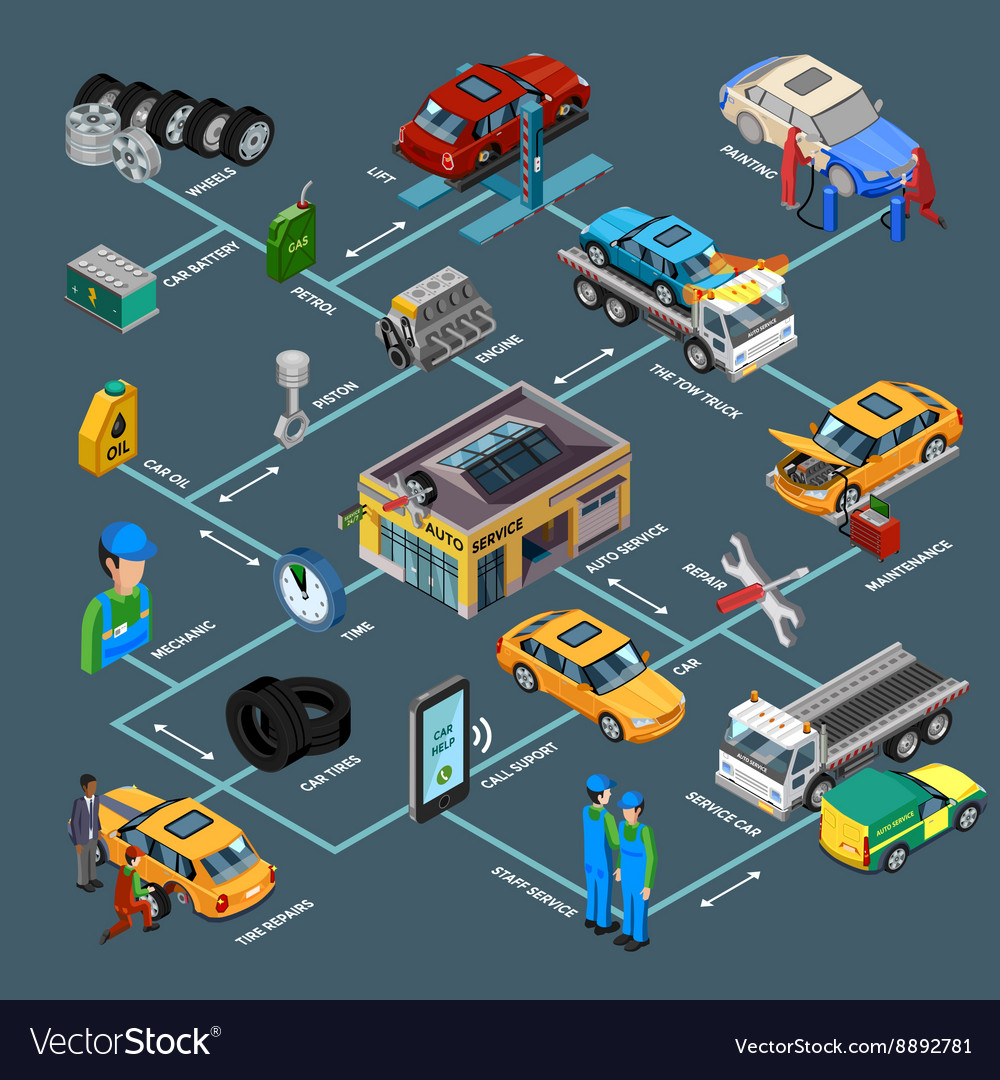Evaluating Your Automobile'S Caution Indicators: What They Truly Communicate
Evaluating Your Automobile'S Caution Indicators: What They Truly Communicate
Blog Article
Material Written By-Samuelsen Stark
When you lag the wheel, those glowing caution lights on your dashboard can be a bit bewildering. Do you understand what they're trying to inform you concerning your vehicle's health and wellness? Understanding the significance of these lights is vital for your safety and security and the longevity of your vehicle. So, the following time one of those lights pops up, would not you wish to decode its message accurately and take the required actions to resolve it?
Common Warning Lights and Interpretations
Identify typical warning lights in your cars and truck and understand their definitions to make certain secure driving.
The most normal caution lights include the check engine light, which signifies concerns with the engine or exhausts system. If this light comes on, it's critical to have your automobile examined quickly.
The oil stress alerting light shows reduced oil pressure, calling for instant interest to stop engine damage.
A flashing battery light might suggest a malfunctioning charging system, possibly leaving you stranded if not attended to.
The tire pressure monitoring system (TPMS) light notifies you to reduced tire stress, influencing lorry stability and gas efficiency. Neglecting this can cause dangerous driving conditions.
The ABS light suggests a problem with the anti-lock stopping system, compromising your capacity to quit rapidly in emergency situations.
Lastly, the coolant temperature cautioning light warns of engine getting too hot, which can result in severe damage otherwise resolved promptly.
Understanding these typical caution lights will certainly help you address problems without delay and keep safe driving problems.
Importance of Prompt Focus
Understanding the typical caution lights in your car is only the very first step; the relevance of without delay resolving these cautions can't be emphasized enough to ensure your security when driving.
When a caution light brightens on your dashboard, it's your automobile's means of interacting a prospective problem that requires attention. Overlooking these warnings can bring about extra extreme issues later on, endangering your security and possibly costing you more in repairs.
visit this website to advising lights can stop breakdowns and accidents. As marine detailer , a flashing check engine light might suggest a misfire that, if left unattended, can cause damages to the catalytic converter. Addressing https://gunnernhcwq.bloggactif.com/31064344/a-comprehensive-take-a-look-at-do-it-yourself-vs-expert-car-detailing-important-insights can conserve you from an expensive repair.
Likewise, a brake system cautioning light may signify low brake liquid or worn brake pads, crucial elements for your safety and security when driving.
Do It Yourself Troubleshooting Tips
If you discover a caution light on your control panel, there are a couple of DIY troubleshooting tips you can try prior to looking for professional assistance.
The primary step is to consult your car's handbook to recognize what the particular caution light shows. Sometimes the problem can be as basic as a loosened gas cap triggering the check engine light. Tightening up the gas cap might settle the problem.
Another usual concern is a low battery, which can trigger different warning lights. Examining the battery connections for rust and guaranteeing they're safe and secure may repair the problem.
If a caution light continues, you can attempt resetting it by detaching the vehicle's battery for a couple of minutes and afterwards reconnecting it. Additionally, examining your lorry's liquid degrees, such as oil, coolant, and brake liquid, can aid troubleshoot warning lights connected to these systems.
Verdict
Finally, understanding your auto's caution lights is vital for keeping your car running smoothly and safely. By promptly resolving these notifies and knowing what they mean, you can prevent expensive repair work and prospective malfunctions.
Remember to consult your auto's guidebook for specific details on each cautioning light and do something about it appropriately to make sure a trouble-free driving experience.
Keep educated, stay cars detailing when driving!
